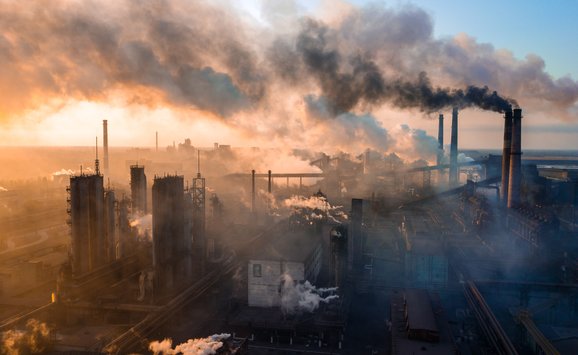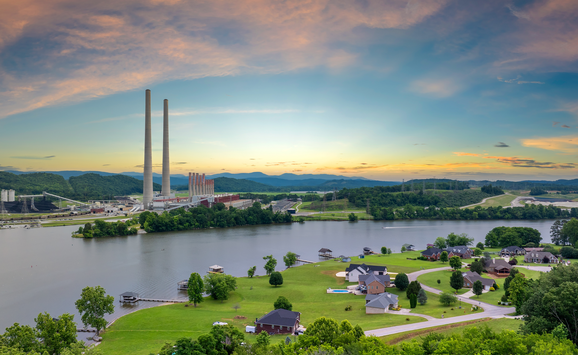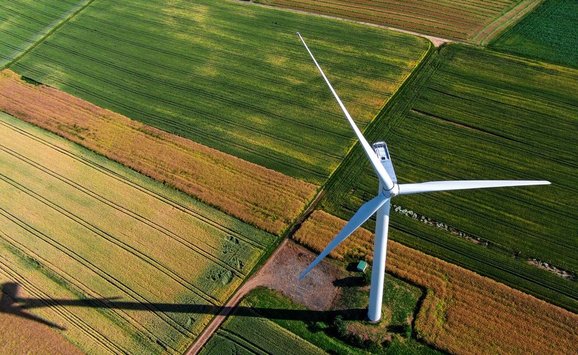A common complaint of the sixties is the "asphalting over" of America's land. Houses, offices, factories, highways, airports, parking lots, and the like have such high visibility to so many people that their presence and growth tend to distort perspectives. It is the view during the occasional plane ride that restores it.
In cold figures, the 25 million acres or so occupied by the urban population at this time is less than 1.5 percent of the country's surface. Highways, railroads, and airports take up perhaps 27 million acres, for a grand total of built-up terrain of, say, 50 million acres, not quite 3 percent of the face of America. By the end of the century, this might grow by 50 percent, to 75 million acres, due overwhelmingly to expansion of urban land use.
I do not mean to suggest that problems of land use—especially in urban areas—are meaningfully measured in terms of acres. Nor does dealing in aggregates, unqualified by reference to land characteristics, do justice to the issue. Pointing to European population densities that typically run five to ten and, in some cases, fifteen times the US density merely shows that other countries have problems too.
On the other hand, nearly 500 million acres are devoted to commercial raising of trees, and about 700 million acres are primarily grazing land. Thus, 75 million acres for urban centers and transportation facilities pose less a problem of "space shortage" due to "asphalting over" than of inventiveness in efficient use of the country's surface.

From an article by Hans H. Landsberg in the Fall 1967 issue of Daedalus.






